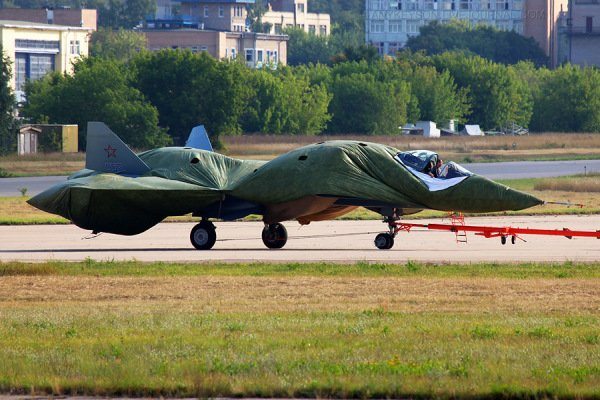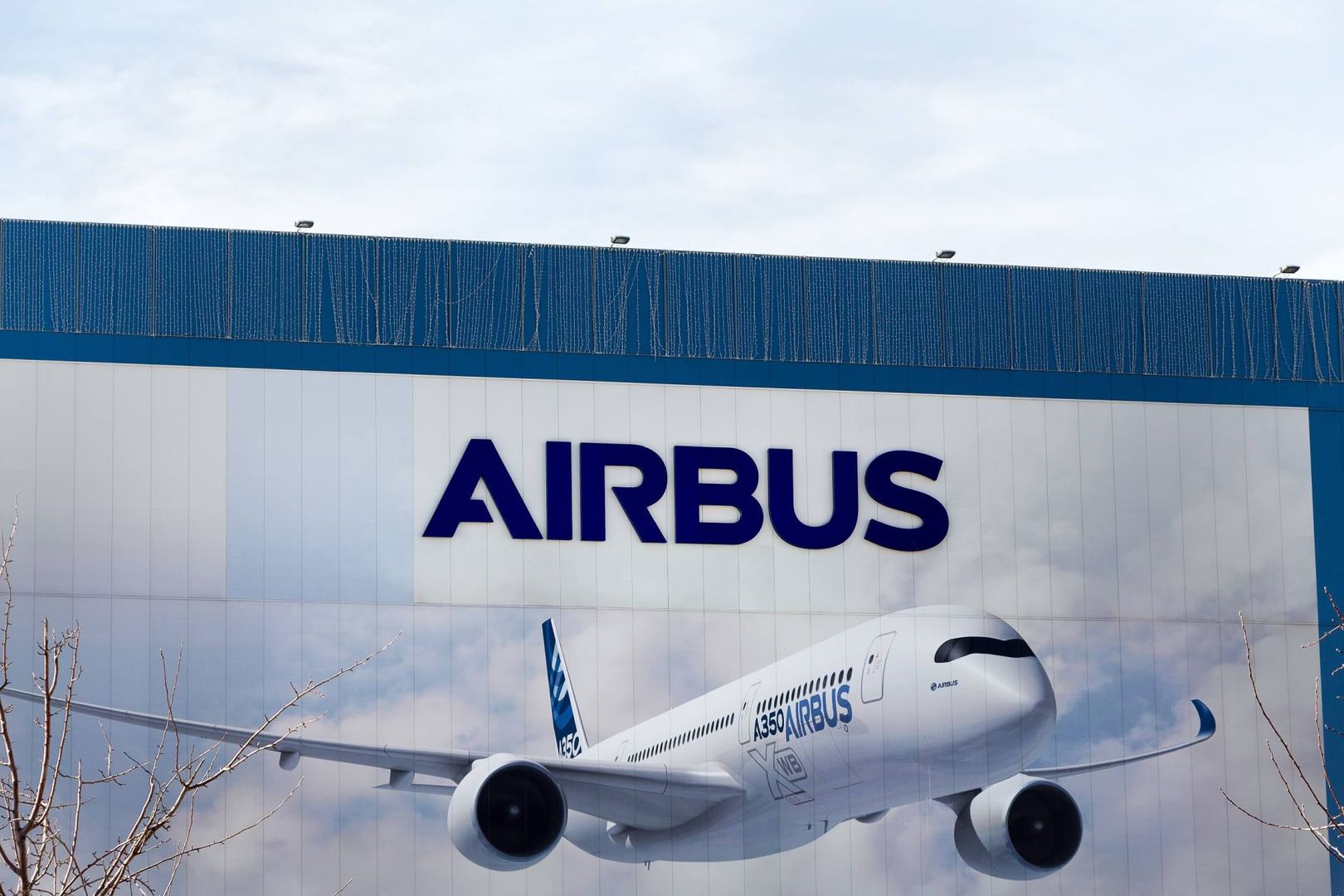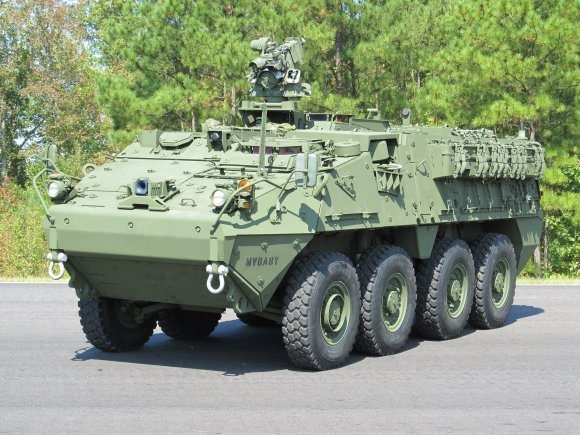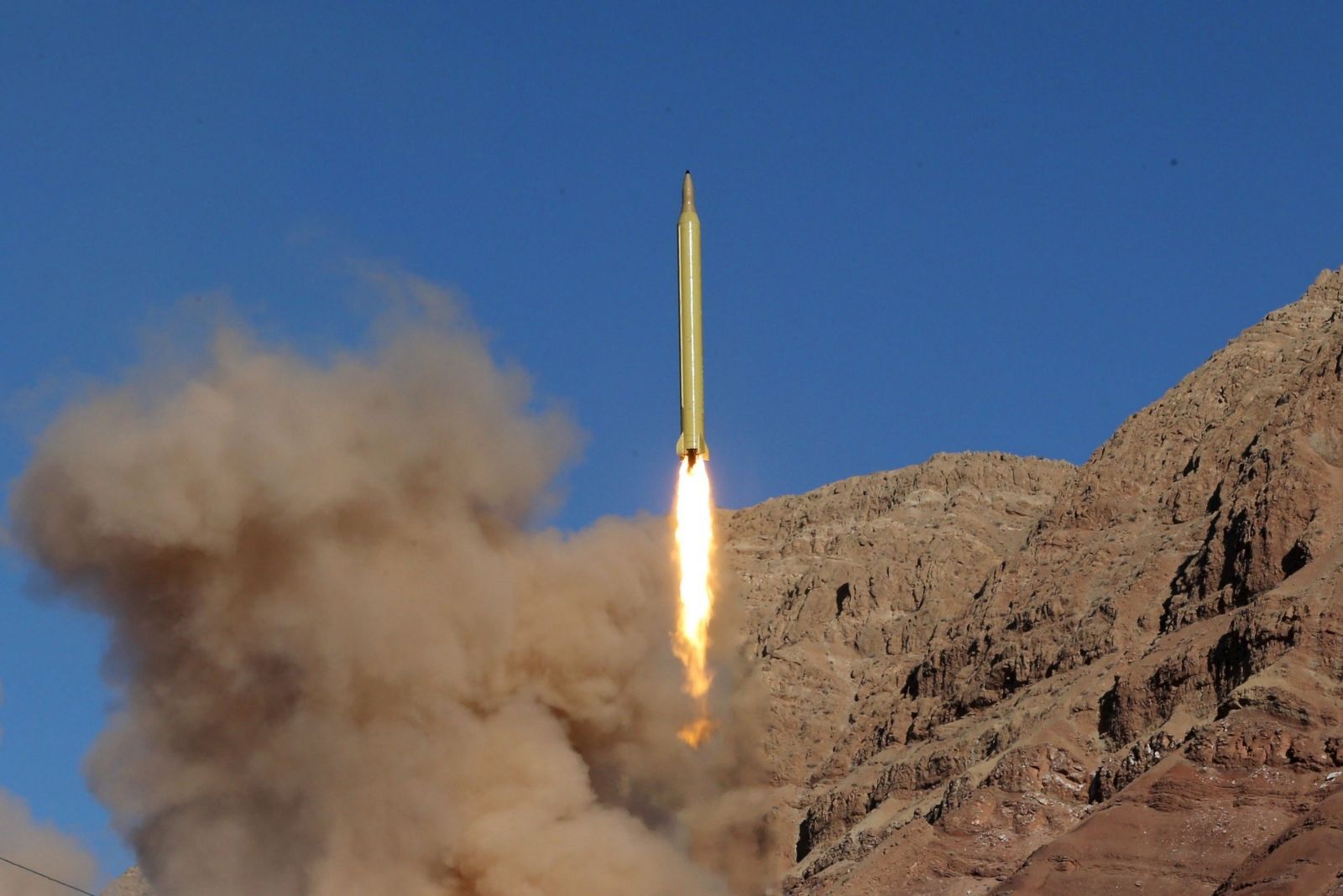India is cutting its order for a fifth-generation stealth fighter being developed jointly with Russia by a third, India’s Air Chief Marshal N A K Browne told India Strategic.
India’s Hindustan Aeronatics Limited (HAL) is to build the Fifth Generation Fighter Aircraft (FGFA), a derivative of the Sukhoi T-50, in India. The two nations signed a 50/50 joint venture to build the aircraft in December 2011.
Russia is currently testing a handful of prototypes of the T-50 aircraft, which is due to enter service with the Russian Air Force after 2017.
India will now order just 144 of the fighters, all single-seat models, Browne said, down from an originally-intended batch of around 200, including 48 two-seaters.
The original figure, of 200 aircraft, would have been possible if the aircraft was ready by 2017, with the first batch coming from Russian production lines. But India now wants to take on a greater share of development, pushing back the production date for the Indian variant, which is likely to be 2020 at the earliest.
India wants to produce some of the aircraft’s computers, software, guidance systems and other systems, as it did for a similar project with Russia producing a locally-made variant of the Sukhoi Su-30MKI strike aircraft. Russia will provide the aircraft’s Saturn 117S engines and some stealth technology elements for the plane.
A total cost for the program has yet to be worked out, but could total around $30 billion including development costs, HAL sources told India Strategic.
The two countries are in talks on the first research and development phase. After this agreement is signed, a first prototype will likely be delivered to India in 2014, followed by two more in 2017 and 2019. Series production aircraft “will only be ordered based on the final configuration and performance of the third prototype,” Browne said.
“The downward shift in number may be indicative of the projected cost of the platform, although given that the aircraft is still likely a decade away from Indian service then the planned off-take number could well change,” says Douglas Barrie, air warfare analyst at the London-based International Institute of Strategic Studies.
“Also of note is the suggestion that the aircraft will all be single-seaters. The air force has in the past, including with the MMRCA program [to buy light fighters], tended to prefer a mix of single and two-seat aircraft,” he added.











